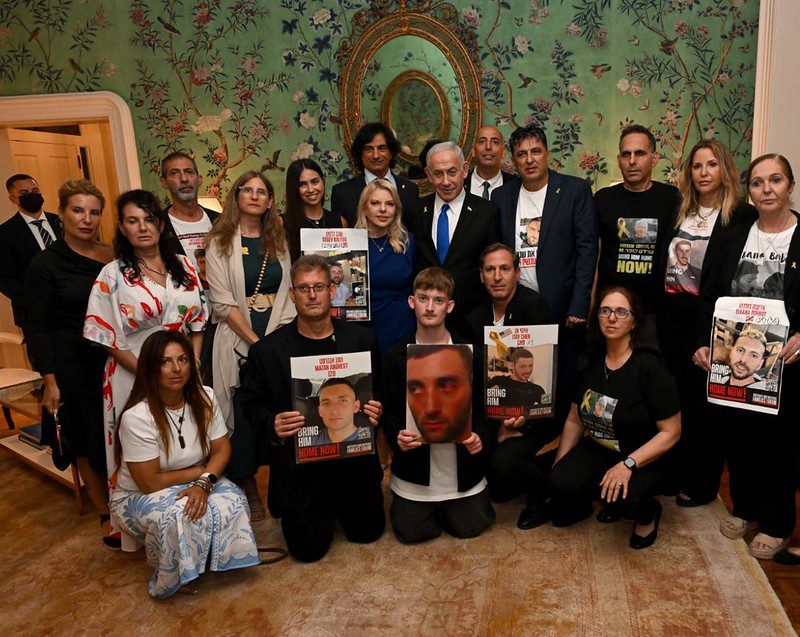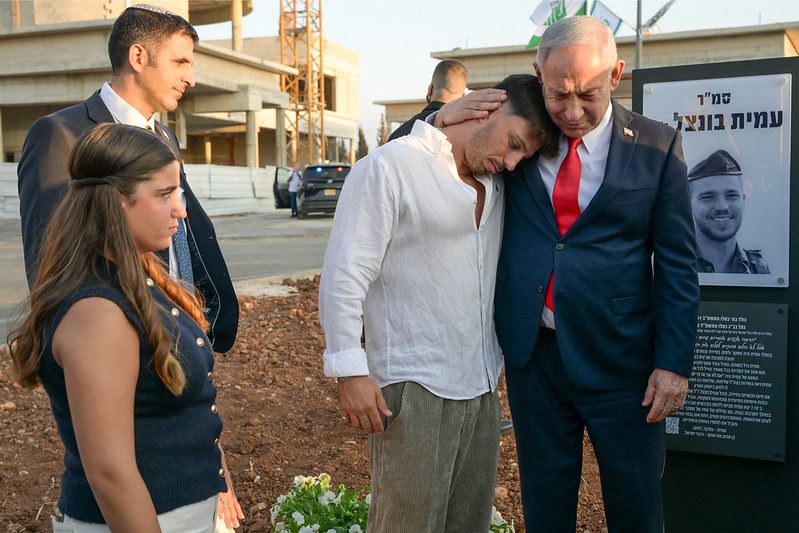Almost exactly two years after the conflict began, Israel and Hamas have agreed to a landmark peace deal. The announcement came just days after the 7 October anniversary of one of the deadliest terror attacks in Israel’s history, in which 1,200 people were killed and more than 250 taken hostage.
In the years since, a devastating war has torn through Israel and the Palestinian territories, claiming thousands of lives and displacing countless others. The conflict has reverberated across the wider Middle East, sparking clashes involving Iran, Hezbollah in Lebanon, the Houthis in Yemen, and even diplomatic tensions in Qatar. Globally, the war has provoked fierce debate over human rights, alleged war crimes, and counterterrorism.
While the peace deal remains fragile and its future uncertain, it marks a significant step towards ending a conflict that has gripped the region and the world.
The First Phase of the Deal
On 8 October, former US President Donald Trump announced that Israel and Hamas had agreed to begin the first phase of a peace plan aimed at ending the two-year war.
Posting on Truth Social, Trump hailed the development as “a GREAT Day for the Arab and Muslim World, Israel, all surrounding Nations, and the United States of America.”
Israel, Hamas, and mediator Qatar quickly confirmed the agreement. According to details released by the US and regional actors, the initial phase involves Israel withdrawing its forces to an agreed line in preparation for a mass hostage release. All remaining hostages are expected to be freed within 72 hours of the deal’s implementation.
However, key elements of the broader plan remain unresolved, most notably the requirement for Hamas to disarm and hand control of Gaza to a foreign-led transitional authority, and the future timeline for a full Israeli military withdrawal from the Strip.
Hostage Return: What We Know
Forty-eight Israeli hostages remain in Gaza, of whom 20 are believed to be alive. Hamas has said it may be unable to return the bodies of some of the deceased, claiming uncertainty over their locations.

Image: Prime Minister Netanyahu with the families of hostages – Avi Ohayon GPO
However, a senior Turkish official has said that an international task force will be established to help Hamas locate hostage bodies. Israel, the US, Qatar, Turkey and Egypt will work together to find the bodies which are expected to be buried under rubble in areas Hamas no longer control.
The majority of other captives were either freed in previous ceasefire deals or rescued. Some were mistakenly killed by Israeli forces, including three hostages shot dead in December 2023.
Under the new agreement, the 20 surviving hostages are expected to be released within 72 hours of the ceasefire taking effect.
Reactions in Israel and Palestine
Scenes of joy erupted on both sides as news of the deal spread. In Israel, families gathered at “Hostage Square” in Tel Aviv, a plaza near IDF headquarters that has become a focal point for hostage families over the past two years, to celebrate the breakthrough. The Hostages and Missing Families Forum shared images of relatives laughing with relief in Washington DC.
In Gaza, footage showed people dancing in the streets. In Khan Younis, jubilant crowds lifted a reporter onto their shoulders as music played in the background.
What Happens Next?
The agreement must now be ratified by both sides. If approved, a ceasefire will come into force immediately.
Israel’s security cabinet is scheduled to meet at 5pm local time (3pm UK) today to approve the deal, followed by a full government meeting. Despite some opposition, ratification is expected. Under the terms, Israel will withdraw to the designated line within 24 hours, and Hamas will release all hostages within 72 hours.
In return, Israel will free 250 Palestinian prisoners serving life sentences, along with 1,700 Gazans detained after 7 October. Humanitarian aid deliveries to Gaza will also increase to around 600 trucks per day.
Not all Israeli ministers are supportive. Finance Minister Bezalel Smotrich, a far-right figure in the coalition, expressed “mixed emotions on a complex morning,” citing “great fear” over the release of Palestinian prisoners. “For this reason alone, we will not be able to join in the short, heroic celebrations and vote in favour of the deal,” he wrote.
The Second Phase
The second phase will only begin once the ceasefire has held beyond the release of hostages and prisoners. Hamas has reportedly received guarantees from mediators that the agreement will remain in force once its leverage is gone.
The plan calls for Hamas to disarm during this stage, though negotiations on this point have yet to begin. There is also lingering uncertainty over Gaza’s future governance. Trump has proposed the creation of a “Board for Peace”, which would include former UK Prime Minister Tony Blair. Hamas has indicated it would hand authority to a Palestinian government, but the details remain unclear.
Looking Ahead
Although major questions remain, particularly around disarmament and governance, the deal represents the most significant diplomatic breakthrough since the war began.
Israel’s Foreign Minister Gideon Sa’ar hailed the agreement as a “historic moment”, claiming it demonstrated Israel’s strength through its operations against Hamas, Hezbollah, and Iran. He warned, however, that “Israel’s challenges are not over” and that Hamas’s rule in Gaza must ultimately end.
For now, global attention will turn to both parties as they take the first steps towards implementing the deal. After two years of bloodshed, many hope this marks the beginning of a lasting peace.
Featured Image via Maayan Toaf – LAM




